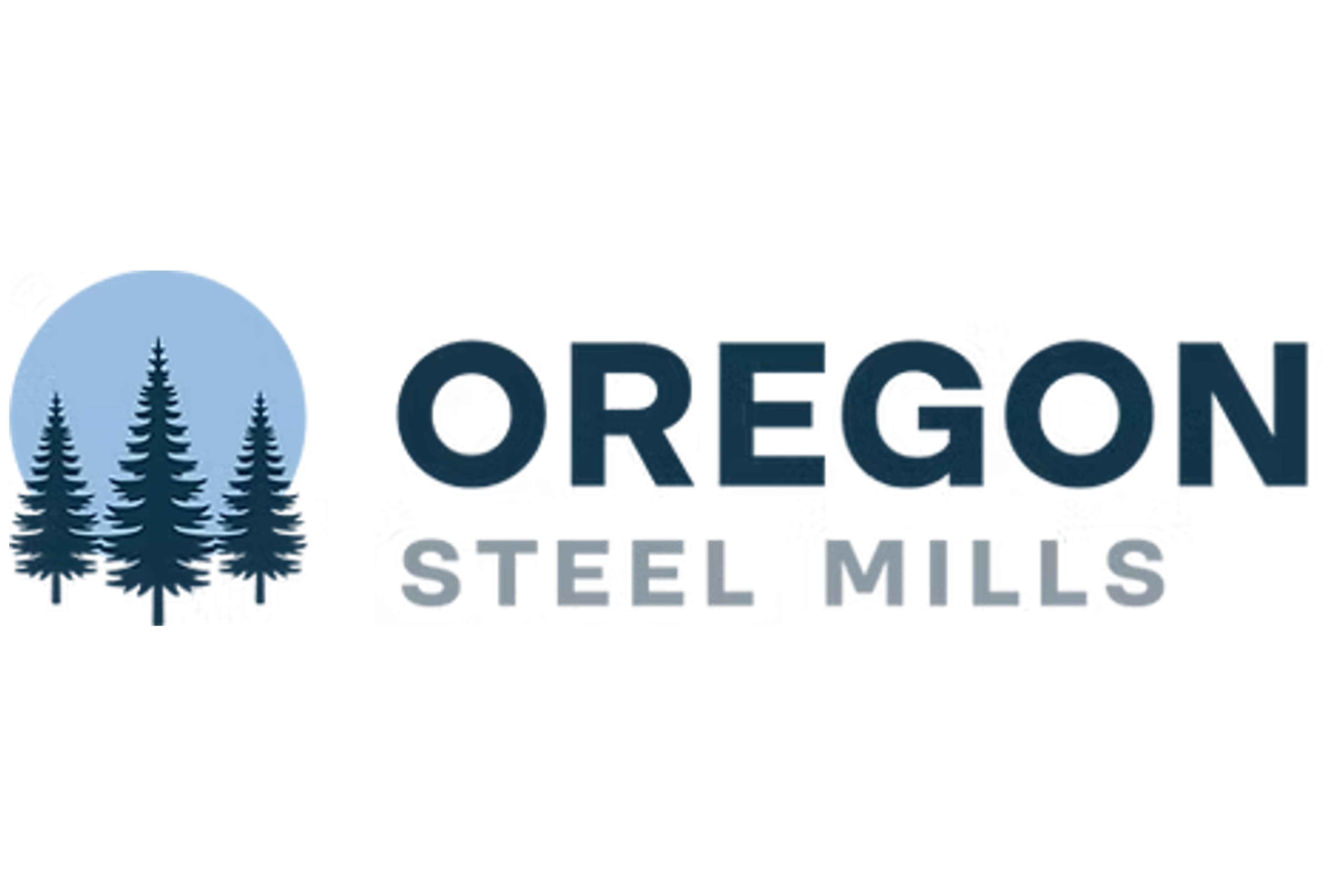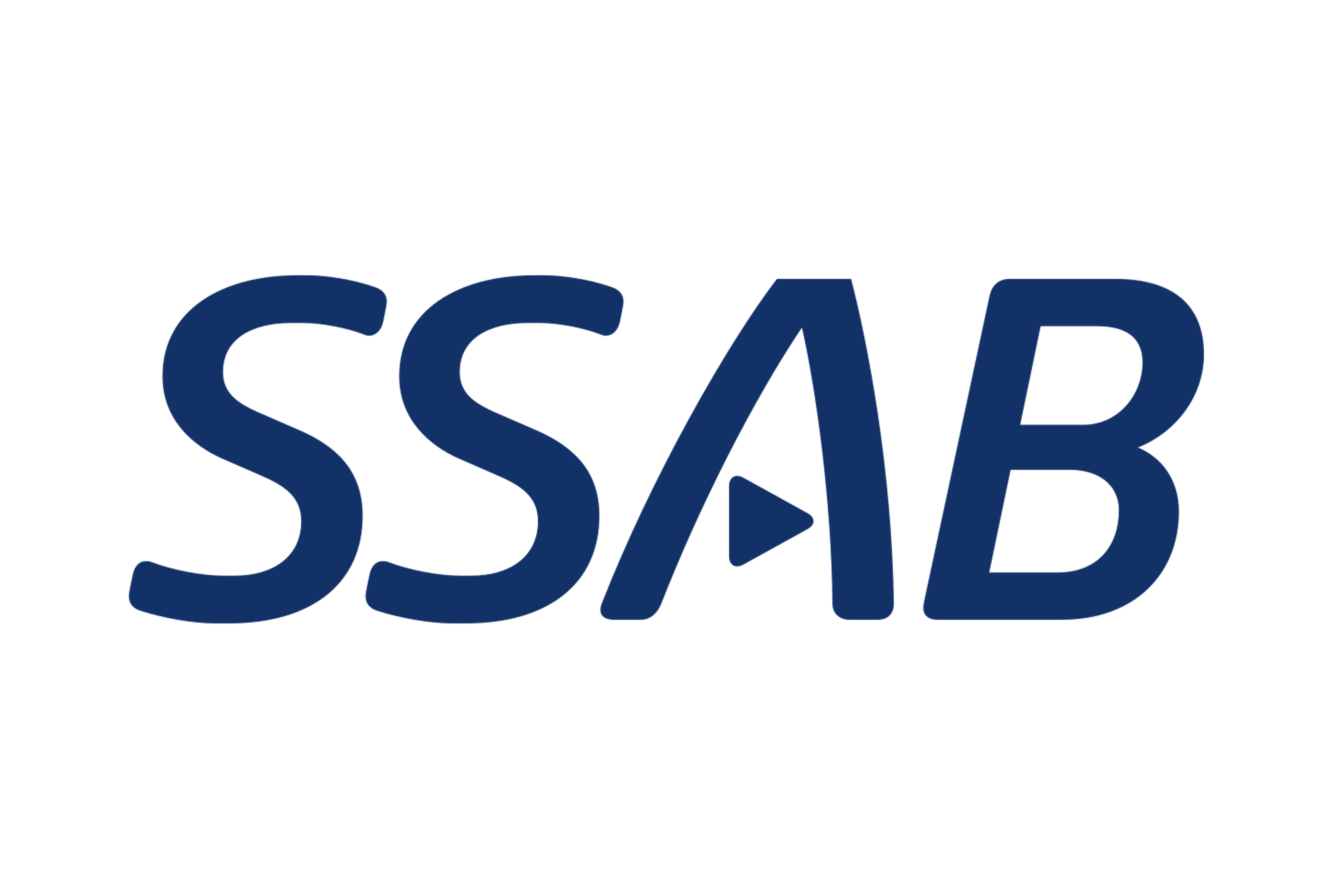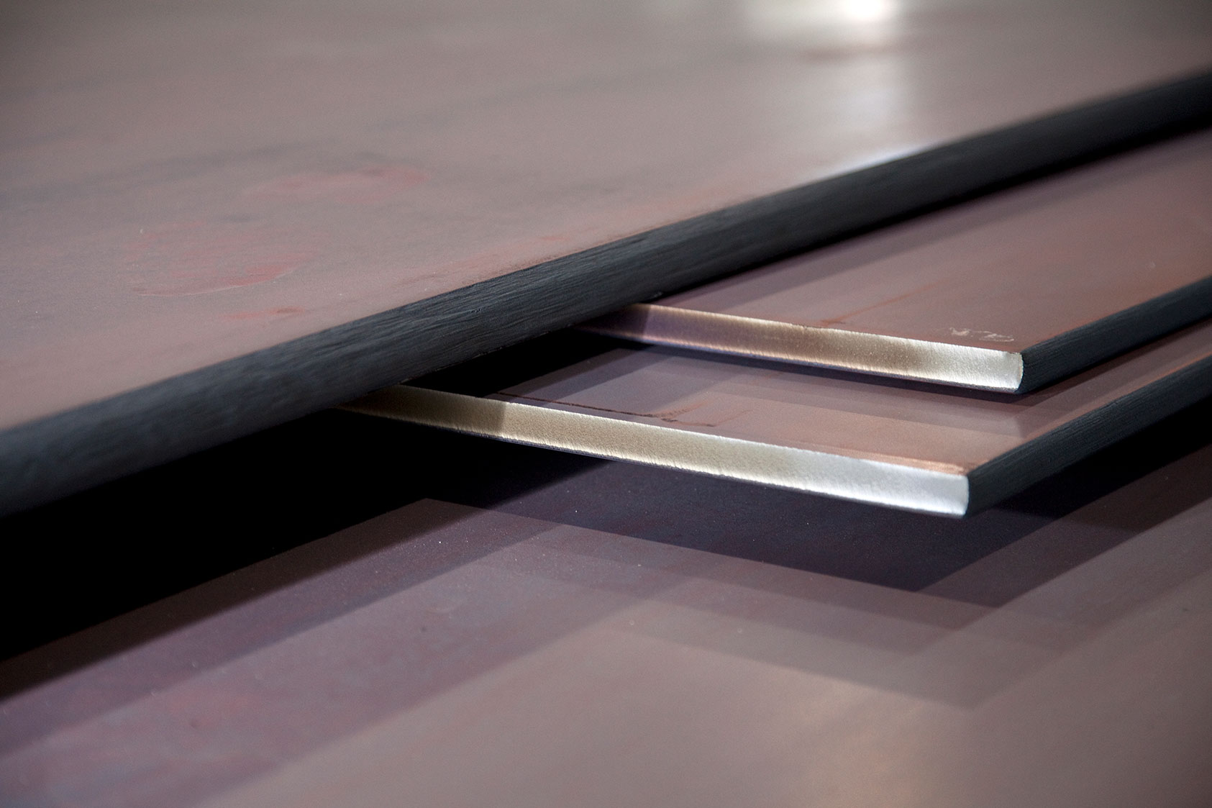Prices

June 25, 2019
Why Flat Rolled Price Increases Now?
Written by John Packard
As I expected, Nucor came out with a $40 per ton ($2.00/cwt) price increase on flat rolled this afternoon. This is the first Nucor price increase since Feb. 20, 2019. Shortly after the Nucor announcement, USS/POSCO followed with an increase letter of their own and then NLMK USA put out a letter identifying the minimum base price levels as being $560 per ton ($28.00/cwt) on hot rolled and $700 per ton ($35.00/cwt) on cold rolled and galvanized steels.
SMU adjusted our Price Momentum Indicator on all flat rolled (hot rolled, cold rolled, galvanized and Galvalume) from Lower to Neutral in response to the price announcements. We will let the market determine the ultimate success or failure of the increases in the coming days.
Why Did the Increase Come Out Today?
Timing is everything. There are reasons why the announcements were made early this week, and we think the observations we received from one general manager of a steel service center are spot on:
“[Price] increase out today. I think the move is a bit premature, but a big part of the reason for moving forward now, according to some mills, is the scrap market. Mills, by announcing an increase now, are in part attempting to help shore up the July scrap price as well. Being aware of the relationship of scrap prices to sheet prices, there’s a hope that by moving on sheet now, it will help to prevent a further slide in scrap in July. In addition, the mills have commented that they have an eye toward the July 2nd week index price release [CRU 2nd week price print]. The hope again is that by moving now they can prevent a further slide lower in sheet prices and/or see an actual increase in time for the July 2nd week index release. Most mill index contract prices adjust monthly based on the prior month 2nd week release. Lastly, with the Fourth of July holiday next week, it’s typically a very slow activity week, and by moving now they feel it may help to propel strong order rates between now and the holiday. Then, when folks return from the holiday week, there’s a chance that lead times will have moved out by multiple weeks and provide the order cushion that they need.”
SMU has written about service centers reaching a point of capitulation recently. In other words, more than 75 percent of the service centers responding to our flat rolled surveys are reporting their company as dropping their spot prices to their customers. History has shown us in a “normal” steel market (one without a lot of government interference), when distributors are dumping inventories and pricing, there reaches a point when the loss of margin becomes unbearable, and the desire is to support a price move by the domestic steel mills. Whether that is the case this year is an open question since the Section 232 tariffs have squeezed foreign steel, creating an unbalanced steel market.
Here is what one manufacturing company told SMU this morning prior to the Nucor price announcement:
“It would not surprise me if the mills acted with urgency to stop the freefall on pricing and announced an increase as a way of attempting to prop a floor under the market. Our models have the integrated mills selling HR band at their cost of production and the mini’s making about $80/ton, based on last week’s CRU at $539. WHEN (NOT IF) CRU drops further, this will no doubt perpetuate a massive bloodbath for the mills…not just U.S. domestic mills, but all mills worldwide (saving for converters). If the mills are truly selling volume for as low as $500, then they will bleed red ink profusely and will need to stop it as quickly as possible. The analysts liked USS shutting off three furnaces and actually upgraded their company rating, but that also won’t stop them from losing money at today’s HR prices…they’ll just lose it more slowly. What’s bothersome is that if this is what pricing looks like with Section 232 protections in place and 25 percent tariffs coupled with certain country quotas, then what would it look like without them, considering prices are lower today than they have been since November 2016? The market needs a real reason to get behind price and the only reason that will help is a good trade remedy.”
Will the Increases “Stick”?
As was mentioned above, timing is everything. As one head of purchasing for a Chicago-area service center put it to SMU this afternoon, “The worst time to buy steel is right after a price announcement. We will see where we are in a day or two….”
The proof will be in the mill order book and what happens to scrap numbers in July. The same Chicago-area service center told us there was plenty of pent-up demand on the sidelines and his expectation was for many of those companies to get off their hands and begin buying a portion of their needs. However, he added, “We are going to buy short through this increase.” By that he means they will not buy to increase inventories as they believe there will be price weakness in November and December 2019. “The question is where will prices be in September and October?”
Here is what another service center executive thought as of late today: “We just received the increase letter from Nucor. I do think it’s a little curious that mills are going for an increase right now, just after all leading indexes have plummeted, scrap is down three months in a row – and the early read is scrap may be down again for July. It’s not clear from a ‘market’ perspective how this backdrop supports an increase in pricing. Of course, they would like to stop the bleeding. But normally pricing should rise on the back of some support or greater demand levels. This is a manufactured attempt and that diminishes the likelihood of ultimate success.”
Other service centers are chiming in as the day progresses and the word gets out of the increase. We heard everything from “about time” to “not a slam dunk.”
SMU will be watching a number of indicators such as the conversations being had between buyers and their mill sales representatives (negotiations) and how firm the numbers are being held, service center inventories (SMU had inventories on flat rolled at 2.5 months of supply at the end of May, unchanged from the end of April), scrap prices for the month of July and the most important item, lead times on the various products. We will report lead times again on July 11.






